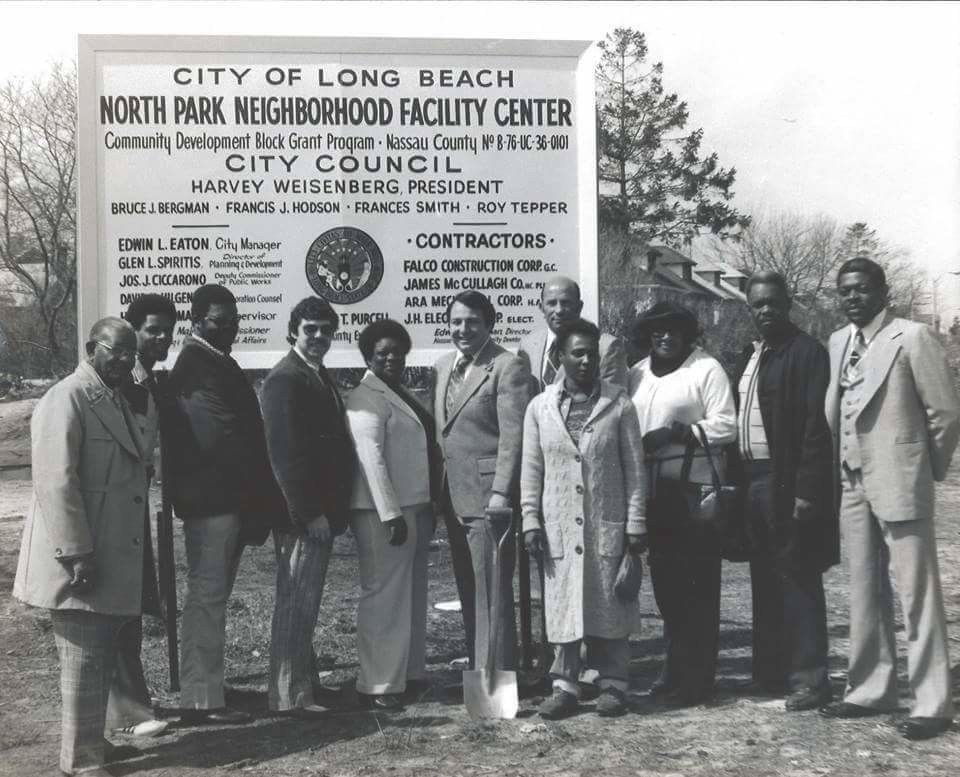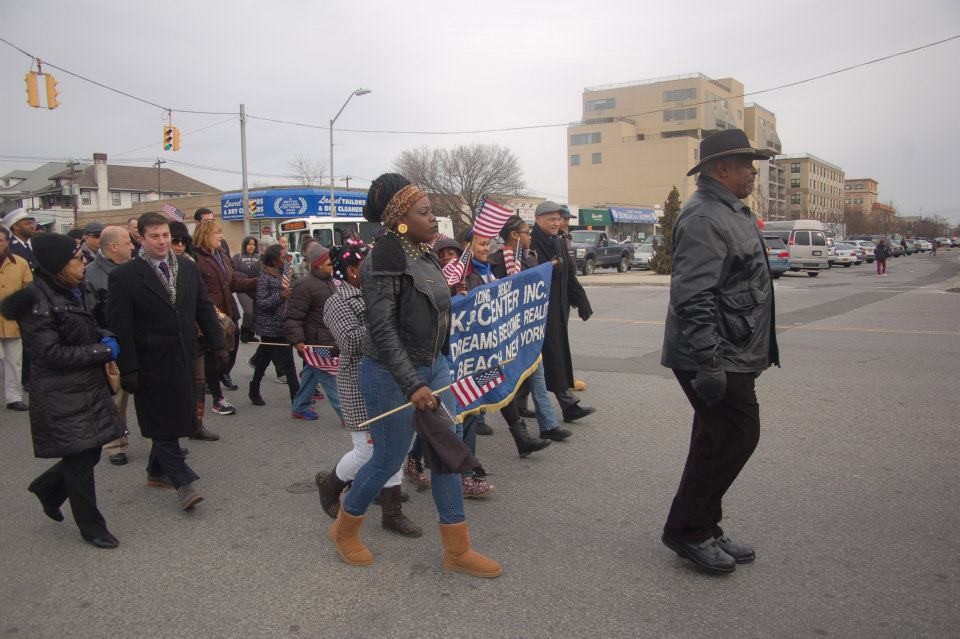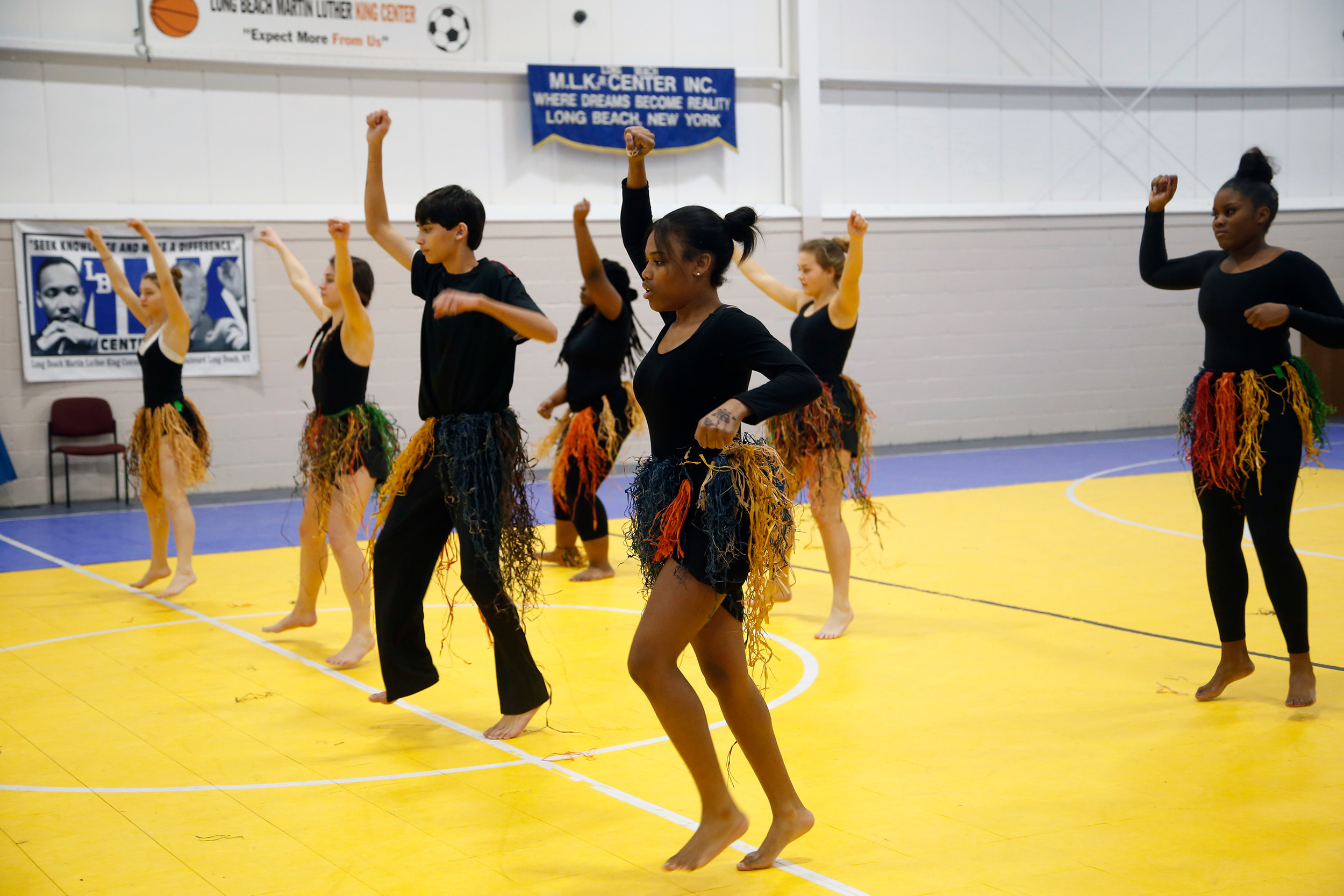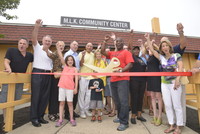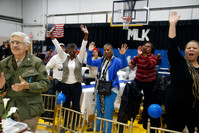MLK Center keeps King’s legacy alive
Organization, founded 50 years ago, continues to play an important role in Long Beach
“It was very profound for me,” John H. Simpkins Jr. said as he recalled marching through the streets of Long Beach with the Rev. Dr. Martin Luther King Jr. in 1968, at the height of the civil rights movement, two weeks before King was assassinated.
Afterward, Simpkins drove to Rockville Centre, where King led another march.
“We didn’t want the march to be over,” Simpkins said. “That was the power of what he was saying.”
Simpkins, a former president of the Long Beach chapter of the NAACP, served on the original board of the Long Beach Martin Luther King Center, and was one of the many people involved in its launch.
Cultural dance performances, film screenings and spoken-word events are among the programs the center is featuring to celebrate Black History Month, but current MLK Center board Chairman James Hodge emphasized that the facility hosts cultural programs throughout the year. “One month is not enough to tell our story,” he said.
Hodge, 40, recalled growing up next to the community center. “It was a home away from home,” he said. “It was where I was able to get a foundation.”
A charitable organization
As a nonprofit dedicated to serving Long Beach children and their families, the center’s mission has been to “maintain and improve the well-being of youth, adults and seniors.”
The organization was founded in 1967 by local black community organizers, including Alonzo Merkerson — one of the city’s first black police officers — who began to “develop an institution they could call their own,” according to Long Beach native Dr. Patrick Graham, president and CEO of Charlotte Works in North Carolina, who served as executive director of the MLK Center from 1997 to 2001.
What began as a youth club was named MLK Inc. after King was assassinated. Group leaders hosted programs including counseling, academic mentoring and early-childhood development. “The reason the group was looking to start a youth club wasn’t just for recreational purposes, but for cultural purposes as well,” Graham explained.
A search for a home
After years of seeking funding from the city — and meeting with resistance, Graham said — the group began operating under the auspices of the Nassau County Youth Board in order to secure funding, and officially began hosting programs in 1971.
According to Simpkins, MLK Inc. has been housed in a number of locations over the years, including an old library on Park Place — which burned down in the 1970s — the Christian Light Missionary Baptist Church and a building on the corner of Hudson Street and Park Place, which is now known as Rev. J.J. Evans Boulevard.
“The pressure was on [the city] to find somewhere for the MLK Center to go [after the fire],” said Jacquetta Odom, a former chairwoman of the center.
The organization moved into its current location at 615 Riverside Blvd. in 1981, and Simpkins recalled the struggle to secure funding to open it.
“In the early ’70s, we petitioned the city for a grant for a new center, and they allocated some funds for the current building,” he said, adding that federal funding was also provided through the Central Federal Savings Bank.
“The people of Long Beach were very receptive to giving donations,” Simpkins added. “The city was forthcoming with providing us with the building.”
The current facility is leased from the city, which owns the property.
Harvey Weisenberg, a former state assemblyman and a former president of the Long Beach City Council, worked with other city officials and community leaders to make sure the center had a future.
“In 1980, I got the money for the MLK Center,” Weisenberg said. “At the time, the city administration wanted to use the money in another place, and I wouldn’t let that happen.”
An important part of the community
For more than 40 years, the center — which is open to anyone regardless of background — has played an integral role in community activism, the city’s culture, and the lives of not only African-Americans, but Caribbean-American, Central American and Hispanic immigrants who have settled in the North Park community, according to the organization’s website.
The center’s original programs included day care, early-childhood education, after-school academic mentoring and youth and adult recreational and sports activities, summer camp, peer mentoring, and music and performing arts.
Every year, hundreds of people gather for a parade hosted by the center to
commemorate Dr. King.
“I believe that as a country, we should invest more in preventative programs and community engagement for teens and adolescents,” Hodge said.
Fundraising events and donations from individuals and businesses provide the center with about 40 percent of its operating budget. Additional funding is provided by the Nassau County Department of Human Services and Youth Services, the Long Beach Community Development Block Grant, the State Education Department, the Amy Hagedorn Foundation and the Bill and Melinda Gates Foundation.
MLK Inc. serves more than 2,500 residents in the Long Beach community, according to Hodge.
Hurricane Sandy significantly damaged the building in 2012, but it reopened in 2013 after major renovations. “Hodge was instrumental in keeping the center afloat after Sandy,” Simpkins said. “He was the shining light.”
The organization collaborates with many other groups in Long Beach, including the Latino Civic Association, the school district, Girls Inc. and the Nassau County district attorney’s office’s community service program.
“The dream is for people to work together and realize that no matter what color they are, they are all part of humanity,” Simpkins said. “Making that come true is the work before us.”

 44.0°,
Mostly Cloudy
44.0°,
Mostly Cloudy 